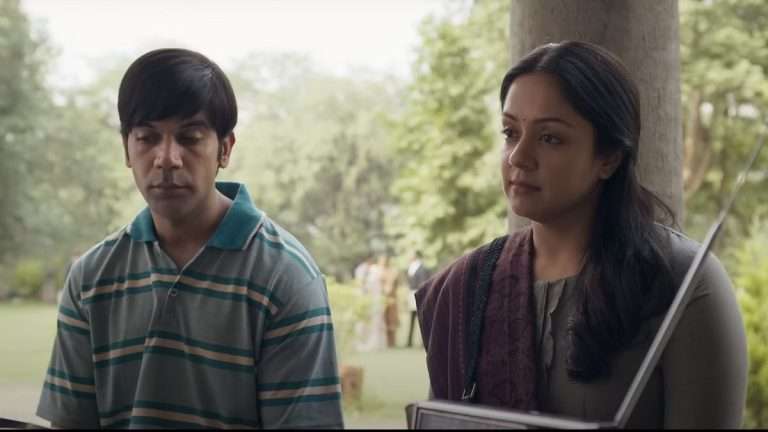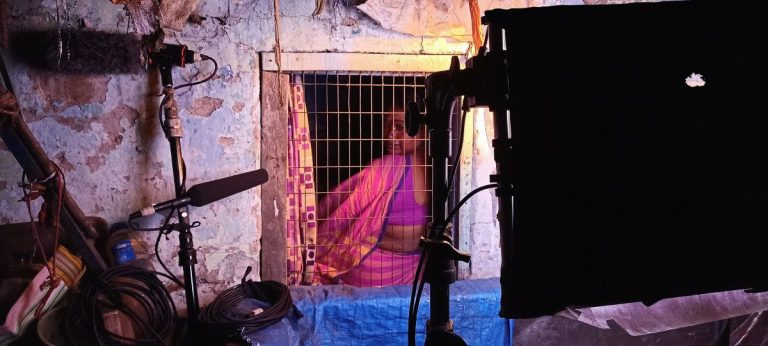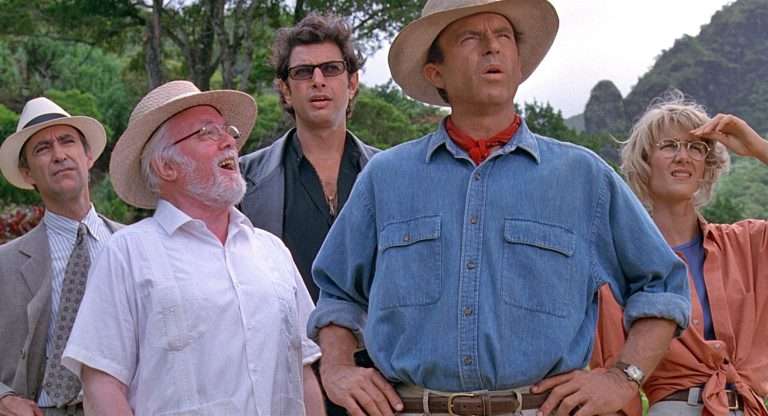In Australian director Ivan Sen’s film Limbo, a strange haunting curls itself around all inhabitants and visitors to its setting in an opal mining town. Travis Hurley, a detective, arrives pursuing a re-investigation into the canned case of a missing indigenous girl, Charlotte. The disappearance is a twenty-year-old one. Sen refrains from indicating what might have spurred the reopening of the case. This establishes the attitude of Limbo. It is not remotely excited by any tangle of explanations or inferences that would usually prop up in the framing of such a story.
By extension, it also becomes a litmus test for its viewers, who would either be frustrated or left with a delicious, tantalizing tease. I, for one, was severely underwhelmed by this film that uses the detective procedural only as an excuse to linger with the desolate parched landscapes that enfold the tale, but with a certain hardened, unyielding touch that doesn’t manage to connect with any sense of interiority.
In broad strokes, this is a largely familiar story, with a world-weary officer going back on a trail after a considerable lapse of time, hoping for any leads from people who might have just as well given up on any form of justice and are negotiating their own lives left irrevocably changed. All the people who populate the film seem hollowed out by tired despair, consigned to perpetual emotional ravages. As much as they ache for closure, they are walled in by the past. Sen applies a critique of the white cop who bumbles his way through an indigenous setting, often corroding and destroying things in his wake.
Hurley is reminded by Charlotte’s half-brother, Charlie (Rob Collins), how the earlier interrogation, held under similarly white auspices, had first cast its apprehensions on him and the other black men in the town. Sen’s monochromatic film is deliberately muted and shorn of dramatic intrigue. There’s also Charlotte’s sister, Emma (Natasha Wanganeen), struggling with her son, who is drifting into peddling narcotics. Emma can barely cope with losing all control over her son, unable to make him see reason and convince him any better. Initially, she is cold and reluctant to allow Hurley into what she knows and suspects. Travis finds himself caught amidst a pervasive indifference towards him and his queries. Everyone around him seems to be suggesting that it is too late.

There’s only a sliver of a story in Limbo, with a clear emphasis put on eking out a certain mood and tone while evoking the debilitating emotional state of its characters. Though Hurley travels through this town quite a bit, Sen deliberately does not etch a larger portrait that spins out to encompass several town functionaries or a web of suspects. The attention is specifically concentrated on a select few, whom Hurley either keeps stumbling across or being drawn to, any answer remaining out of his grasp.
This is a mystery stripped of thrills or suspense, geared more towards the drudgery that comes through in these barren landscapes. But the design of this very drudgery starts to bear heavily on the film, almost as if Sen is insisting on the sober tone to be a reprimand to the viewer. Characters become affixed to mere glum types rather than behaving as people with any discernible range. The dourness is obviously intentional, but it is being padded without any solid character-building limits the film from pushing its own interrogations any further.
Thematically and stylistically, Limbo gets too dead set and narrowly tipped to one angle without feeling the need to extend its inquiries. To exacerbate matters, the characters are patently dull and stubbornly limited. Even though the sedentariness is deliberate, there’s a rut that develops in the film, which alienates the viewer instead of inviting them to carefully consider its interrogation into established, familiar templates. As Limbo winds up to a sputtering close, you wonder what all that fuss was about.




![Gantumoote [2019] Amazon Prime Review – Torn-away pages from the diary of a Kannada girl](https://79468c92.delivery.rocketcdn.me/wp-content/uploads/2020/10/Gantumoote-Movei-768x427.jpg)


![The Hungry Lion [2018]: ‘NYAFF’ Review](https://79468c92.delivery.rocketcdn.me/wp-content/uploads/2018/06/The_HUNGRY_LION_HOF_NYAFF_1-768x511.jpg)
![Arrhythmia [2017]: ‘TIFF’ Review](https://79468c92.delivery.rocketcdn.me/wp-content/uploads/2017/09/TIFF_HIGH_ON_FILMS_arrhythmia_04-768x384.jpg)